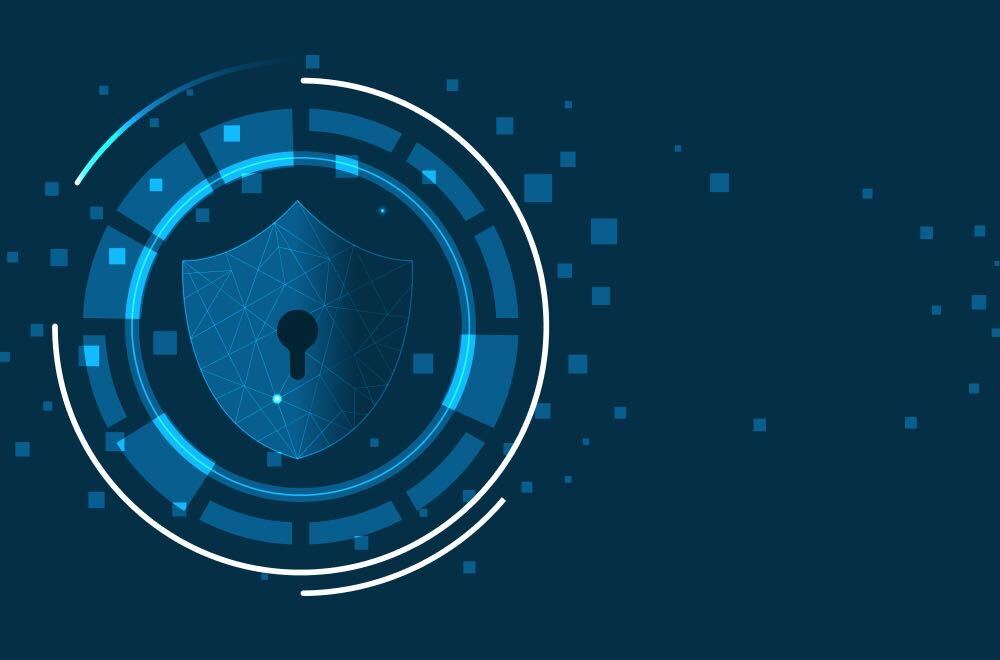
Top Most Security Practices Entrepreneurs Are Adopting In 2023 & Beyond
| 3 minutes read
Every year we hear about security breaches that cost millions of dollars to companies. For example, whether is a cyberattack or physical attack on office data and security. Due to this, we can see the rise of cybercrime; as per the latest report, experts assume that by 2025 cybercrime will be costing around %$10.5 trillion globally. That’s a lot of money. Whether a small or a large-scale industry, every company’s size is at risk, which becomes very difficult for entrepreneurs because a cyberattack can happen anytime.
The data shows that small businesses aren’t prepared to deal with cyber and office security. Though 88% of small business/startup leaders told the US Small Business Administration that they felt at risk, they felt equally confused about protecting their data, employees, clients, and reputation. Well, this is something serious we should all think about.
You have options if you’re one of those founders and CEOs trying to thrash cybercrime at its roots. Therefore, we will list a few security practices that will help you and your companies.
Kindly read till the end because you can’t compromise security at home or the office.
1. Use Two-Factor Authentication.
Sometimes two-factor authentification can annoy you, and you might change it in the setting option. If you’re doing this, then kindly stop. It’s worth adding an extra layer of security. Having two “gates” is far superior to having just one.
It would be best to educate your team members and staff on why they can no longer rely on the passwords they use for protection. Nowadays, Passwords are hardly secure any experienced hacker can access your details, misuse your data, and put you in a financial crunch.
Setting up two-factor authentication on all your systems may take a little time. You may also need to check with your software provider to see whether or not two-factor authentication exists. And if it’s not, kindly ask the provider to give that option.
2. Adopt a Zero-Trust Framework Sustained by AI and Machine Learning (ML).
Have you set up your IT security in “castle and moat” style? You ensure you verify the identity of everyone who tries to get into your system. Still, you give the companies full access to roam and open any sensitive information freely once they’re in? This is a common practice for security that could leave you in trouble, and you also give the open invitation to a cyberattack.
As per reports, most of the cyberattacks are caused by inside jobs. All the hackers and cybercriminals make it into your internal system with one breach; all your PCs and laptops could be exposed to risk.
Embracing the idea of a zero-trust framework can close many of the gaps that could be leaving your team and its data at risk. In an article for CISO Mag, Vats Srivatsan, president, and chief operating officer of ColorTokens, explains the power of zero-trust policies. He writes, “By definition, they enable organizations to block out new threat vectors and unknown interactions instantly instead of allowing time for such interactions to happen.”
Give users only the access they need or require. Unfortunately, many employees have more access than they require, and they can expose and take some sensitive information, which can damage the company’s security. Though this might seem like it would slow down productivity, you can recover efficiency by adopting zero-trust systems with AI and machine learning.
3. Install Smart Security System
Companies should not only focus on cybersecurity attacks but also install smart, intelligent security solutions in offices, which can also be installed at home for security and monitoring purposes. You can choose Vivint Smart Monitoring Security System, which provides mobile app integration, 24/7 security, Video Surveillance, HD recording, and much more. This intelligent security solution is ideal for office and home security. You can check the Vivint pricing here.
4. Train your Staff on Cybersecurity Basics.
This is one of the best security practices you must consider to train your workers, as they don’t know much about cybersecurity. And when it comes to employees, they might have heard about ransomware attacks and data breaches that have made headlines across the globe.
Rather than just telling your team members what to do, such as with two-factor authentication, train them on the “why” behind the implementation. Giving them a more thorough understanding of real-world cybersecurity threats they encounter daily moves them over to your side of the table. As a result, they will start to think like owners and immediately react if they find something suspicious.
Make sure you don’t use fright tactics to keep your teams compliant. Fear can be a motivator, but it doesn’t need to guide your cybersecurity training. Instead, workers should leave meetings and sessions feeling empowered, not terrified that they’ll bring down your brand.
You may not have a huge company. But that doesn’t mean you can’t put up enormous obstacles for anyone with cybercrime in mind.

Born in the family of entrepreneurs and have inherited the same. Started building applications in order to pay for my tuition. Later founded a tech company, marketing agency, and media outlets.
